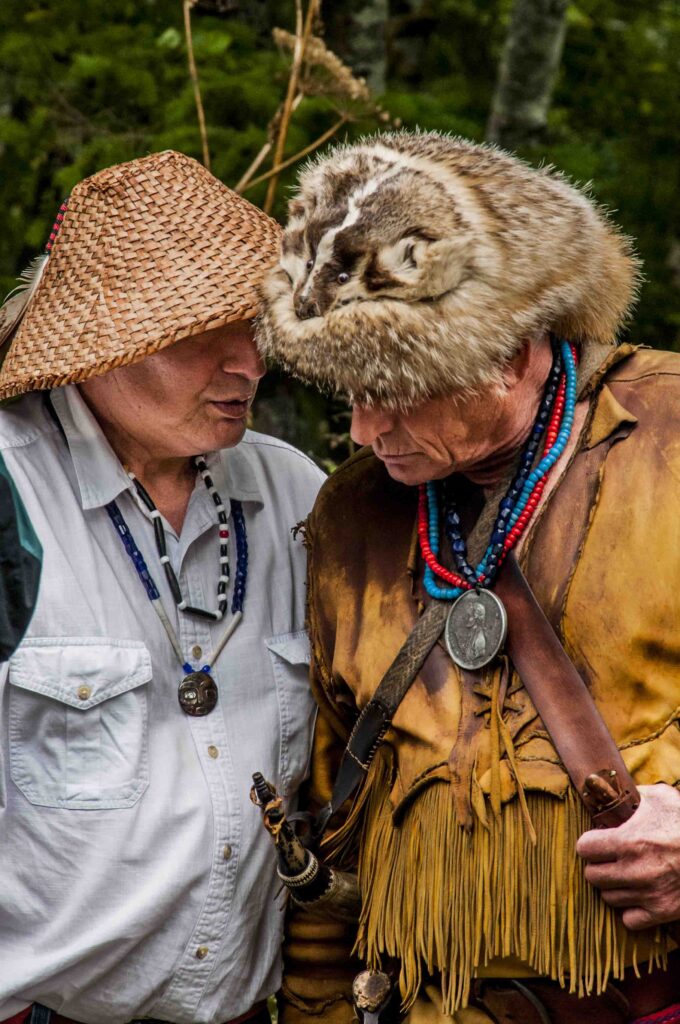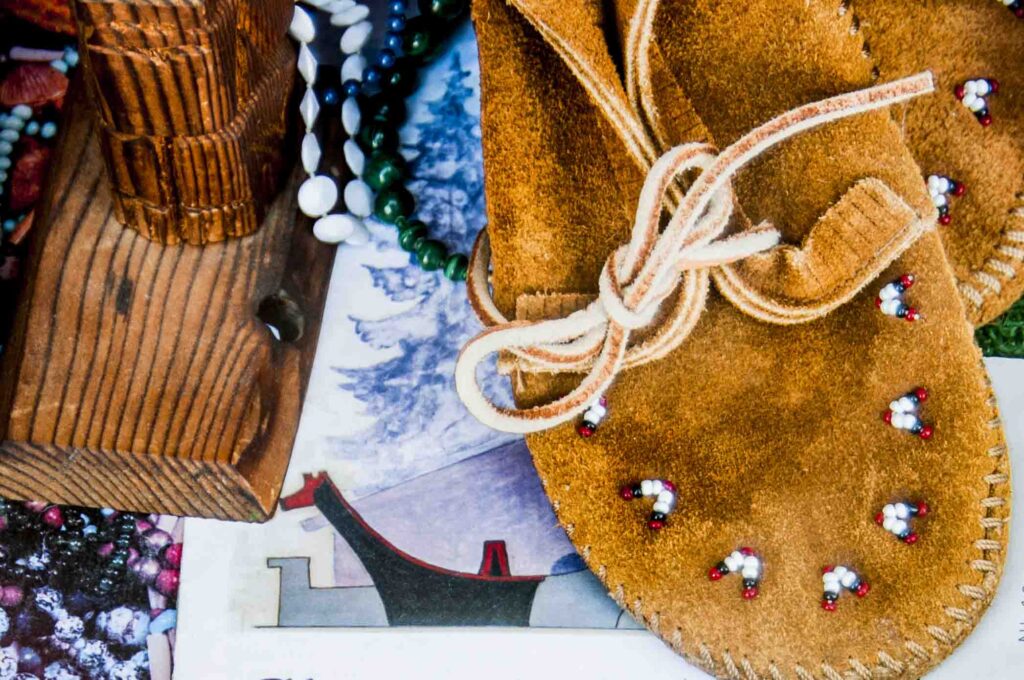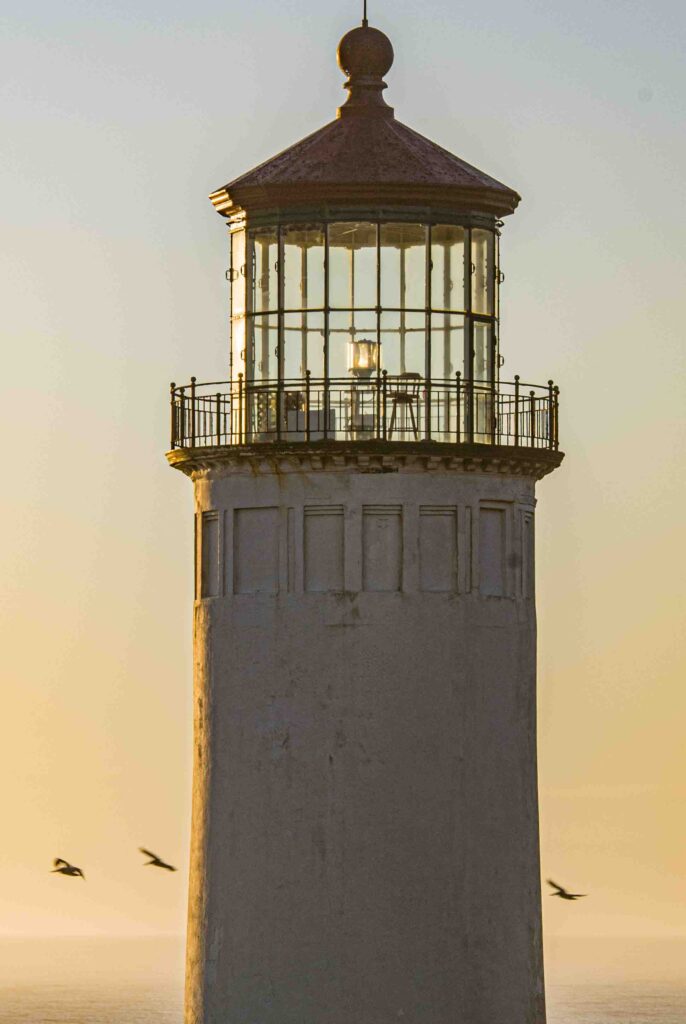A Potlatch of Lower Columbia Tales
Columbia River Basin
|
NEW ESRI StoryMaps: What's On Our Shelves & NWNL Song Library & No Water No Life ESRI |
Columbia River Basin
Chinook and Clark Family Speakers
Alison M. Jones
NWNL Director and Photographer
Many tales were told during reparation ceremonies celebrating the presentation of a new Chinookian canoe to the Chinook Nation by the William Clark family. On learning their famed ancestor stole a Chinook canoe in 1806, today’s Clark family decided to right that wrong. The night before the Lewis & Clark Corps of Discovery left Cape Disappointment, Clark was desperate that his group return safely to Washington DC. He ignored being told that the Chinook value their canoes as members of their family. After 7 generations, this offense was mended in ceremonies to which NWNL was invited.
NWNL apologizes for not naming speakers we taped that day; but there were no audible introductions to these Columbia Estuary stories. Albeit unattributed, the fascinating narratives below are well worth sharing. Hayu masi (many thanks) to all who shared these tales.

CREATION LEGEND of the THUNDERBIRD
LOWER COLUMBIA RIVER & MIDDLE VILLAGE
LIGHTHOUSES for CAPE DISAPPOINTMENT
All images © Alison M Jones. All rights reserved.
FEMALE SPEAKER The Legend of the Thunderbird is significant to our creation. It tells of the creator’s gift of life , sent from the top of Saddle Mountain, beyond those evergreens. The story begins with a giantess woman walking along the shores of the Columbia River, seeking food. The Great Spirit tells her that she is to take a fish.

Some people say it was a salmon. Some people say it was a whale. I say it was a salmon because that is our significant food source from this area. So, the giantess woman caught the salmon. The spirit told her, “When you take a salmon, you cut it down the back along the spine, and you take the meat and feed off it.”
Well, the lady did not listen very closely. When she got her fish onto the shore, she kneeled and abruptly cut it across the back. As she did that, the fish turned into the Thunderbird, lifted off from the ground and flew to the top of Saddle Mountain.
She was devastated, because of her hunger. She followed the bird’s flight to its nest on the top of Saddle Mountain. She climbed up and discovered that there were eggs in the nest. As she cracked open an egg to consume the food inside, it turned into a Chinook Indian person. She threw it down the side of the mountain to dispose of it. The shells rolled and rolled and rolled. It’s believed that that was the creation of our existence and that every egg that she threw from that nest became a tribal person. That’s our beginning belief.
Most people know that legends are stories without fact or evidence to prove them. But I believe it’s as significant a story as any other story of mass creation. We hold this mountaintop in high regard. I hiked to the top of it this summer. From there you can see the whole river and five mountaintops. You can see so far that it’s unbelievable. I would recommend anyone that has the strength in their body to take that walk one of these days. When you’re up there, it gives you a feeling of forever. You can see forever.
I believe in God. I believe in the creation of mankind. Legend tells me that was our beginning here as Chinook people. We also have the story of Jesus Christ, so we have all adhered to Christianity. We had our religion prior to the coming of the Christian beliefs. I think that if everybody tries to live their life in a fashion that’s non-damaging to my neighbor, then we’re doing something right.

MALE SPEAKER You can see the Middle Village church spire to the right of Port Columbia on the north side of the river. That side had the main navigation channel that the sailing boat The Chinook used due to its deeper nature. When Astoria, Oregon was settled on the south side, jetties were built there and a navigation channel was dredged on the north side, making it the main channel. That is why [as one looks downstream], the bridge is high on the right and low on the left. On the right arch of the far arch is Cliff Point. You can barely make out Eagle Cliff.
On November 30th of 1805, as the Corps of Discovery arrived and proceeded on down towards the mouth of the Columbia, Clark made an entry in his journal describing a Chinook burial: “On those crossbars, a small canoe is placed into which the body is laid after being carefully rolled in a robe of some dressed skins. A paddle is also deposited with them. A larger canoe is now reversed overlaying and embracing the small one and resting with its gunnels on the crossfires. One or more large mats of flags of rushes are then rolled around the canoe, and the hole [is] securely latched with a long cord, usually made of bark.… On white cedar, on the crossbars that support the canoe is frequently hung and laid various articles of clothing, culinary utensils, etc.”
As well, he wrote: “We cannot understand them sufficiently to make any inquiries relative to their religious opinions from their depositing various articles with the dead.” It was the first of many ethnographic observations the Corps would make on the Lower Columbia land of the Chinooks. Later, we’ll see in the course of their travels … to visit the neighboring tribes, once again, it becomes obvious that they’re confident in their own cultural superiority.
It becomes obvious that the Corps of Engineers was completely at ease with judging people by their own Euro-American standards. Instead of trying to step into the moccasins of the Chinook and really find out what was going on in their hearts and minds, these explorers thought that their superior perspective was all that was necessary when they journaled. They went on to see the great whale.

The explorers admired and noted the design of the Indian canoes in great detail. They also noted and understood the use of the canoes for burying their dead. Yet, despite their detailed ethnographic studies, the importance of the canoe to the everyday life of the Chinook and the canoes’ connection with their afterlife seems to have eluded those explorers. They didn’t seem to grasp the canoe was an integral living part of the Chinook lives and families in this world and a spiritual part of their transportation into the next life.
All Chinook coastal canoes had a heart and a name. They were held sacred in daily life and as a vehicle for deceased to the spirit world. Perhaps Lewis and Clark were blinded by Jeffersonian “Enlightenment” beliefs or Virginia gentry perspectives, that viewed the Indians as low in the evolutionary process, reaching the equivalent of the white man, according to Jefferson. Chinook spirituality seemed to be totally beyond their comprehension.
Perhaps their visions were blurred. Perhaps they couldn’t see beyond the constraints of their military experiences – or their memories of the Indian Wars and bloody grounds of the Ohio Valley. Had they opened their eyes and seen beyond the material world of the East Coast, they might have better understood the difficulties in trading for canoes and thus avoided the darkest hour for the Corps of Discovery.

Interestingly, Lewis’ March 17th entry refers to their prior success in trading for a canoe. He then noted, “For this canoe, he [assumedly, Clark] gave my uniform waist coat and nearly half a carrot of tobacco. It seems that nothing except this coat would induce them to dispose of a canoe, which, in their mode of traffic, is an article of greatest value, except a wife, with whom it is equal and generally given in exchange to the father of his daughter.” This has no mention of any connection to their culture, the spirituality of the canoe, or the spirituality of the Chinook. Then he goes on to say, very bluntly, “We yet want another canoe, and as they will not sell us one at a price which we can afford to give, we will take one from them in lieu of the six elk which they stole from us in the winter.”

The Cape Disappointment Light was installed in 1868-9. Before putting up the Cape Disappointment light, they discovered that a coasting schooner (the typical southward trading vessel coming from Puget Sound to the Columbia River) couldn’t see Cape of Disappointment until the river was directly abeam which was too late. You couldn’t see the Cape from 20 miles north; so, they built North End Lighthouse in the 1867, north of Cape Disappointment. That has kept boats from getting too close to the coast and foundering. In a sailing vessel, if you’re within five miles of ocean frontage, you’re dead. In a southern storm, you can’t get off the coast and that’s why some of the boats were lost back then.
You can see it this lighthouse from 25 miles away. With its installation, coastal boats coming down from the north knew that when they saw the Cape Disappointment Light, they had spotted one of the range points for going south to San Francisco Bay.


Posted by NWNL on December 7, 2023.
Transcription edited and condensed for clarity by Alison M. Jones.
All images © Alison M. Jones, unless otherwise noted. All rights reserved.
